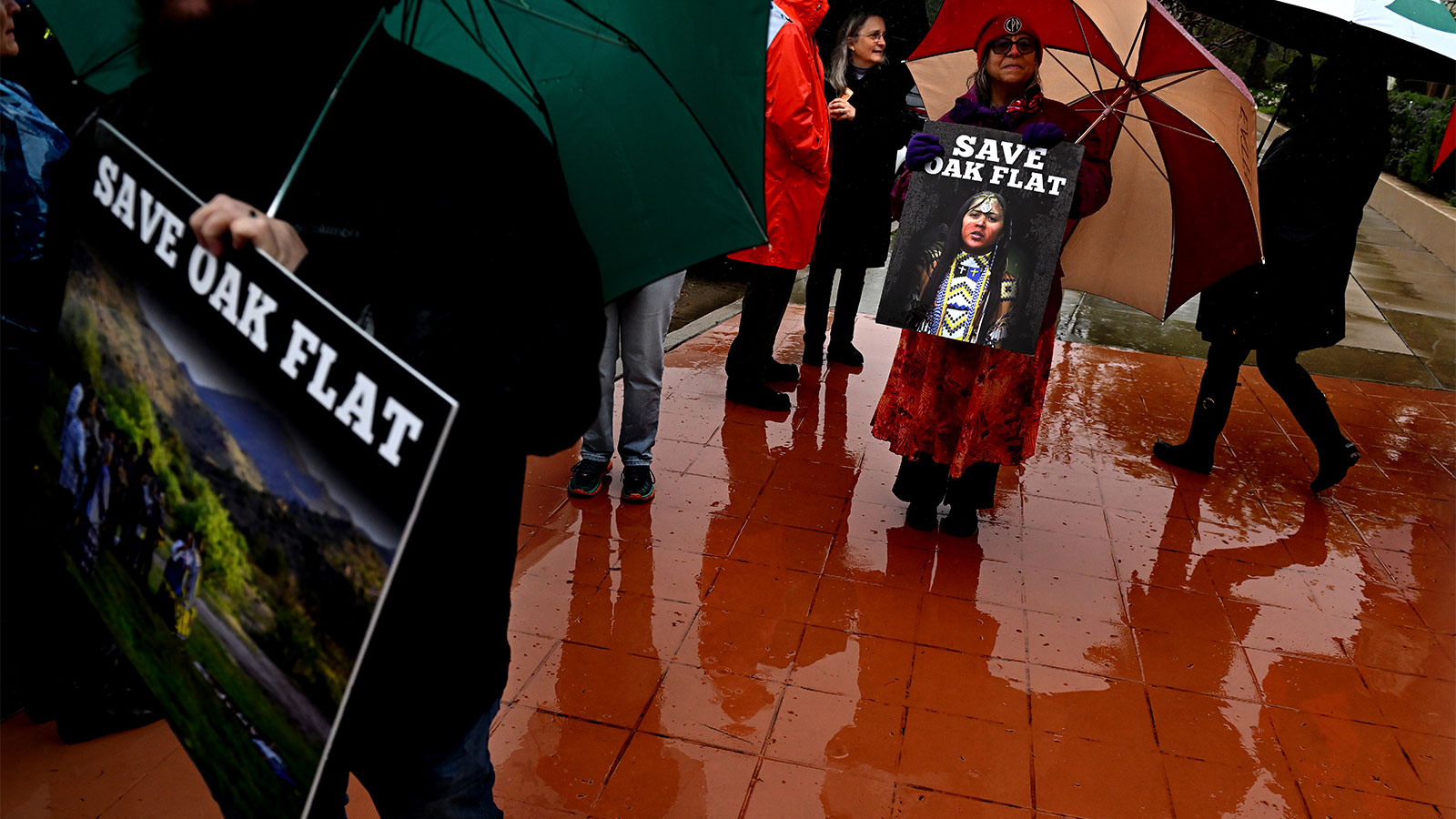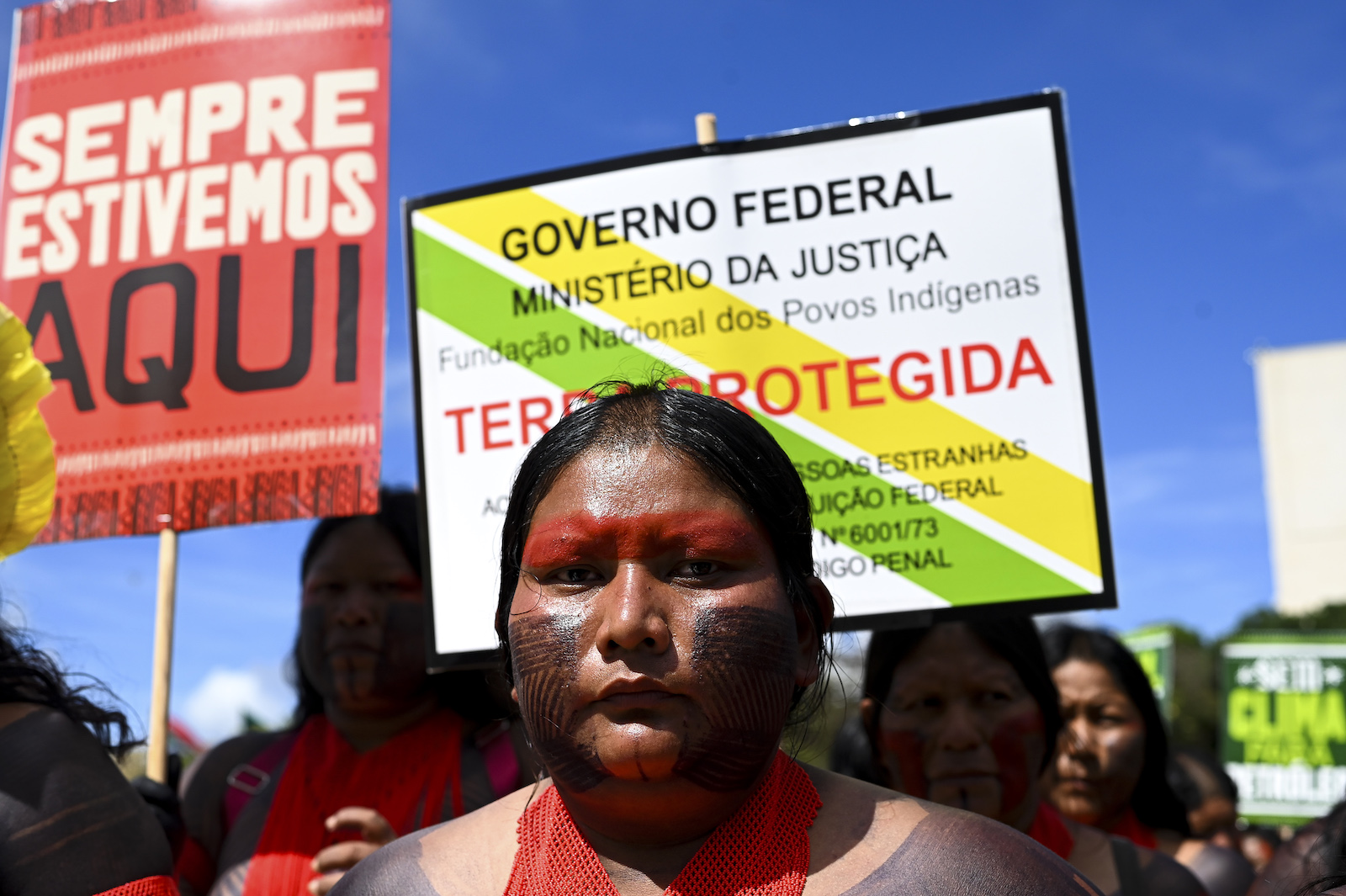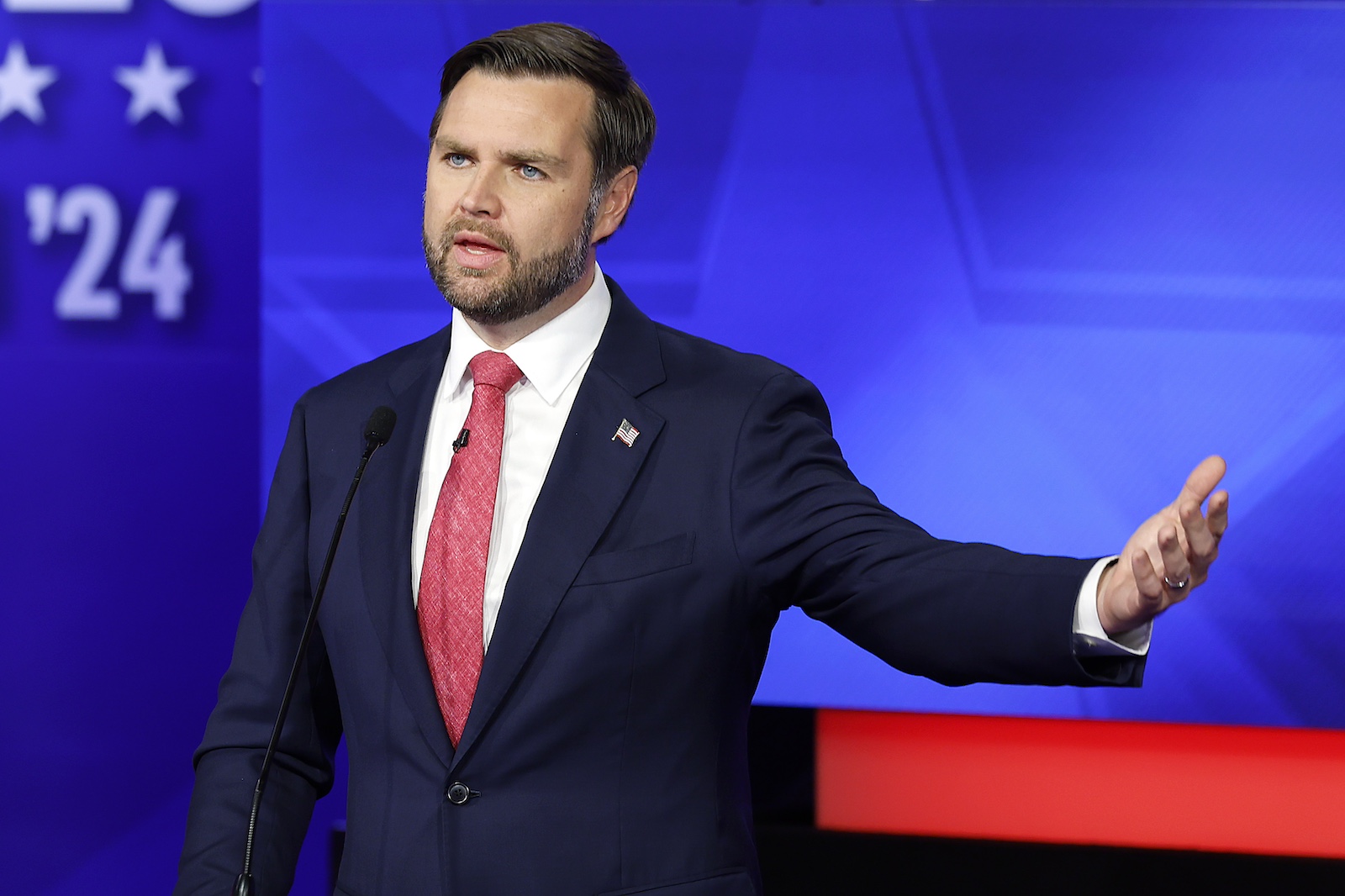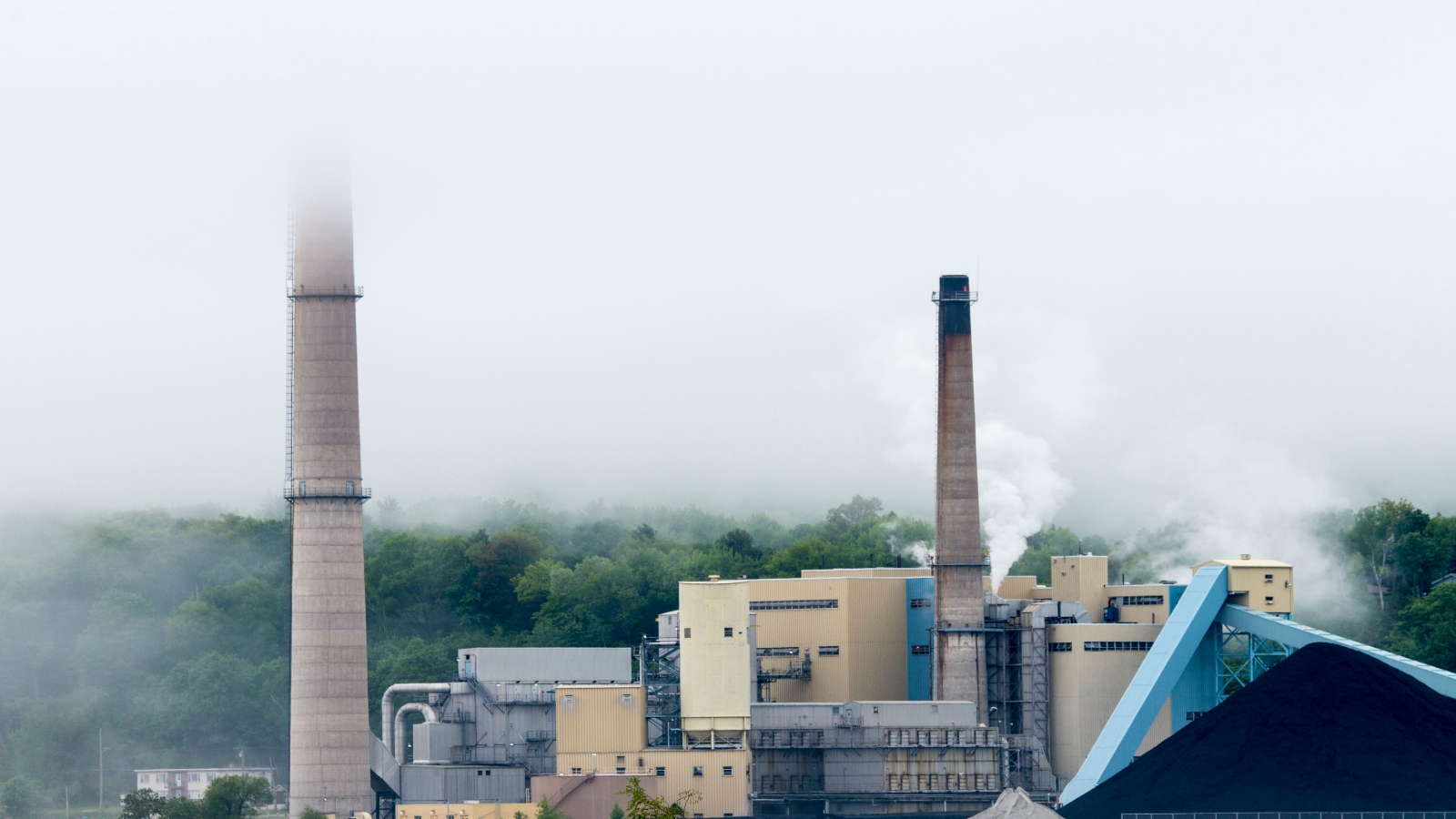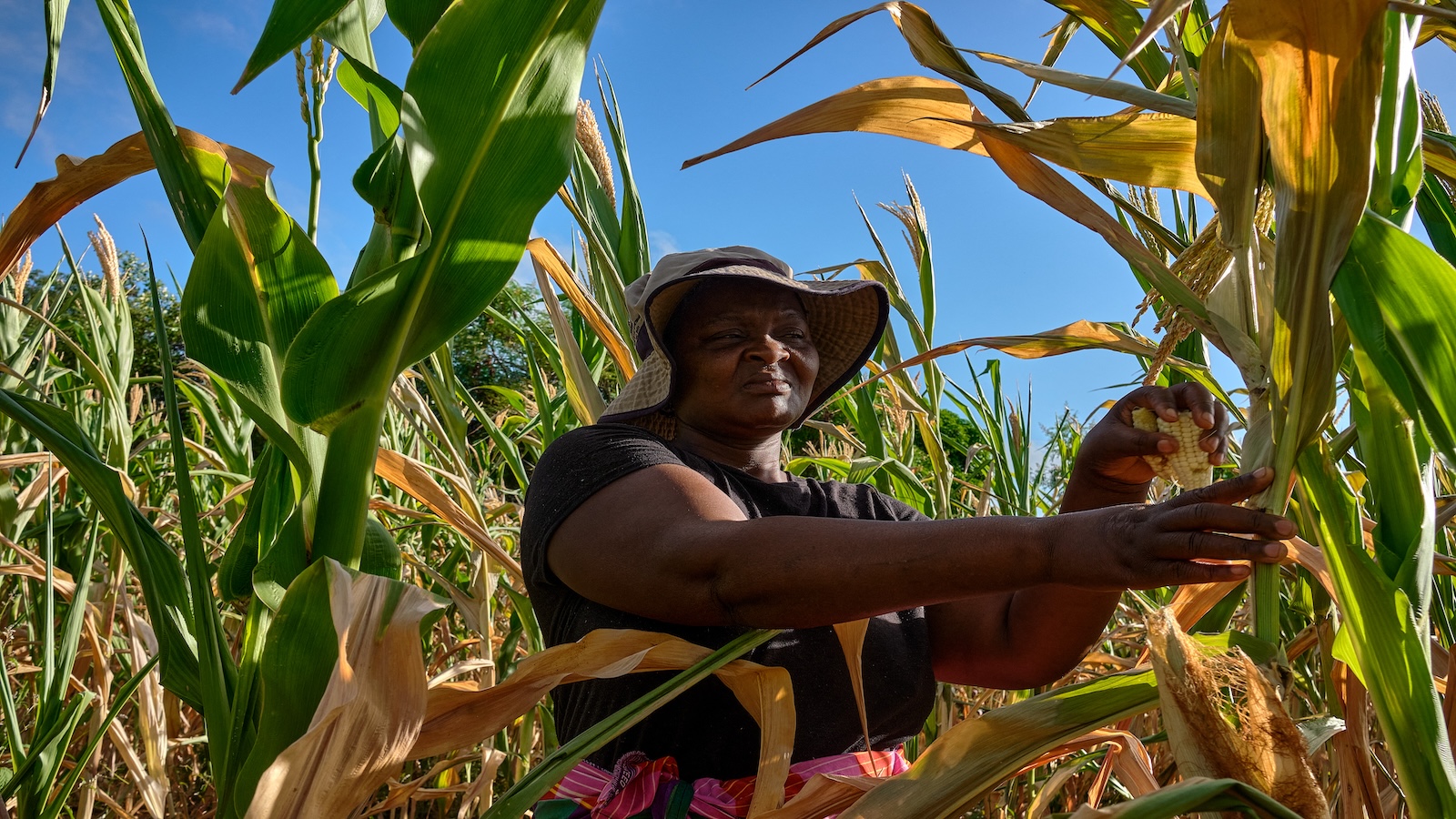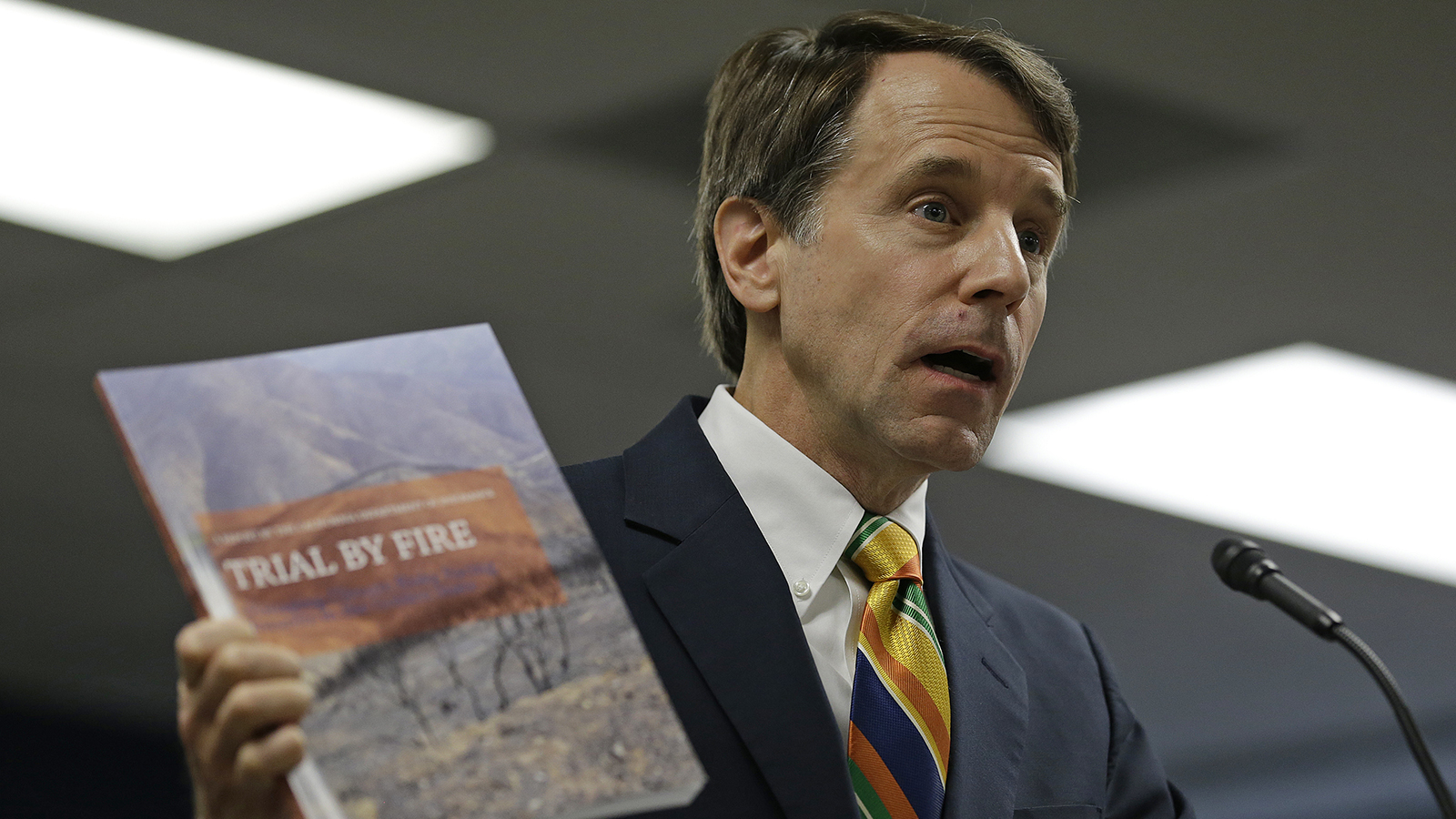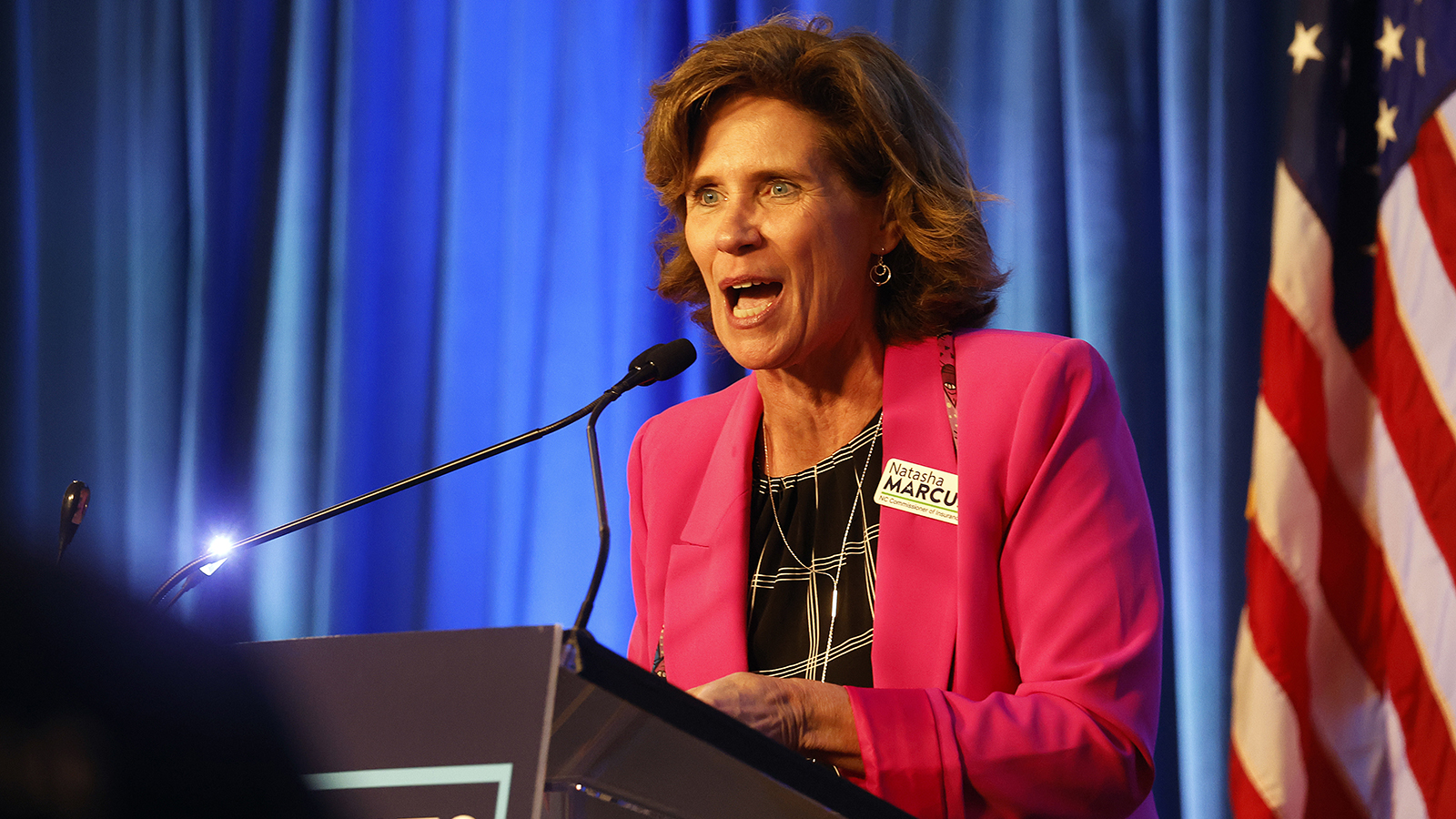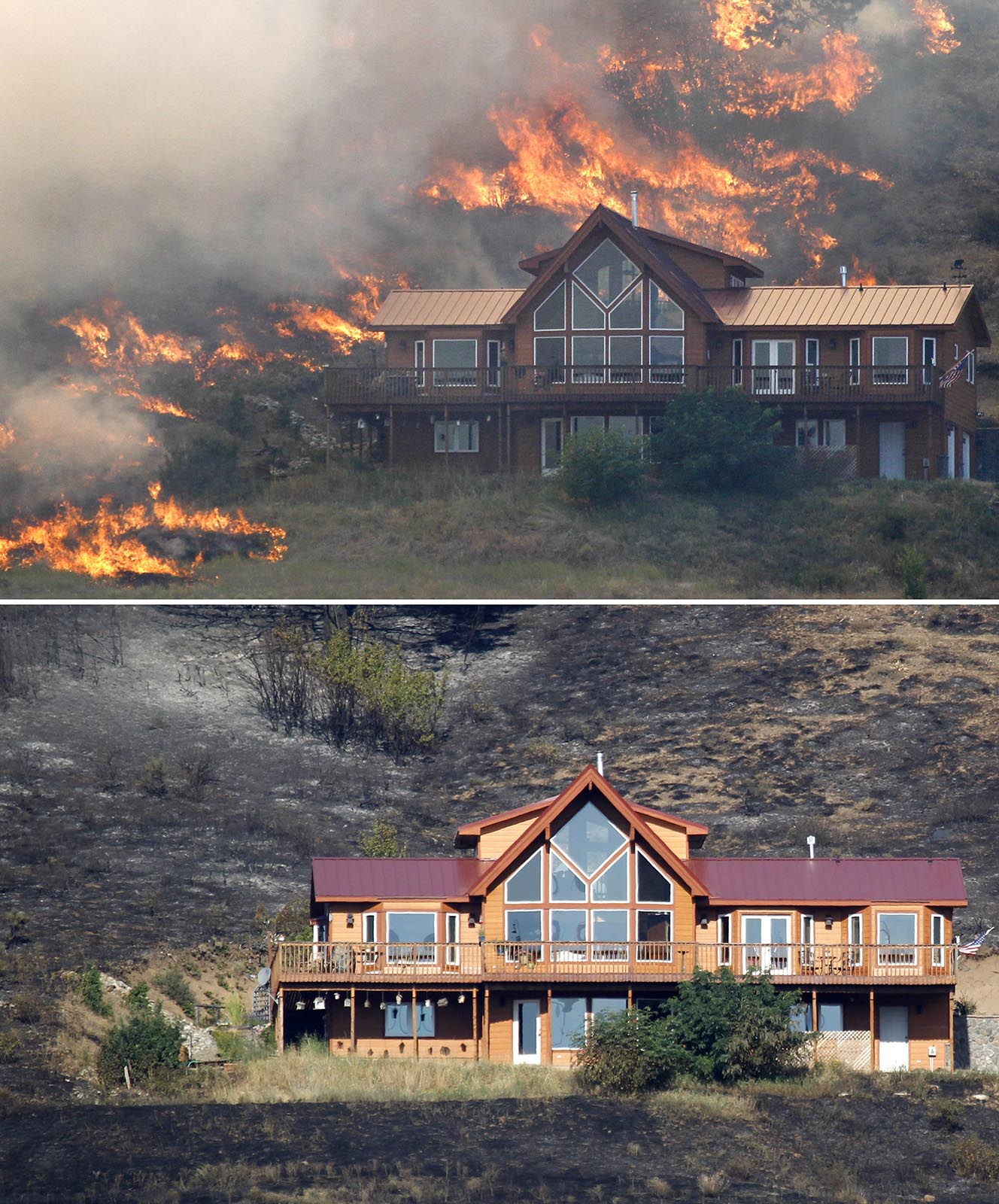 Left-liberals plea every four years that this really is the most important election ever and time to hold our noses and send a Democrat to the White House. The manifest destiny of US world leadership, we are told, is at stake, as is our precious democracy which we have so generously been exporting abroad.
Left-liberals plea every four years that this really is the most important election ever and time to hold our noses and send a Democrat to the White House. The manifest destiny of US world leadership, we are told, is at stake, as is our precious democracy which we have so generously been exporting abroad.
Let’s leave aside the existential threats of climate change or nuclear war. However important, these issues are not on the November 5 ballot. Nor are they addressed in even minimally meaningful ways by the platforms of either of the major parties.
The USA, with its first-strike policy and upgrading its nuclear war fighting capacity, bears responsibility for Armageddon risk. And, in fact, the land-of-the-free has contributed more greenhouse gases to the world’s stockpile than any other country.
But the US electorate never voted these conditions in, so is it realistic to think that we can vote them out? The electoral arena has its limits. Nevertheless, we are admonished, our vote is very important.
But do the two major parties offer meaningful choices?
Apparently, the 700 national security apparatchiks who signed a letter endorsing Kamala Harris think so. They fear that Trump is too soft on world domination. They find a comforting succor in Harris’s promise “to preserve the American military’s status as the most ‘lethal’ force in the world.” And oddly so do some left-liberals who welcome the security state, largely because they too don’t trust Trump with guiding the US empire.
Although a major left-liberal talking point is the imminent threat of fascism, their fear is focused on Trump’s dysfunctionality and his “deplorable” working class minions; not on the security apparatus of the state, which they have learned to love.
But fascism is not a personality disorder. The ruling class – whether its nominal head wears a red or blue hat – has no reason to impose a fascist dictatorship as long as left-liberals and their confederates embrace rather than oppose the security state.
Not only were the left-liberals enamored with the FBI’s “Saint” Robert Mueller, but they have welcomed the likes of George W. Bush and now Dick Cheney, because these war criminals also see the danger of Trump.
The Democratic Party has been captured by the foreign policy neoconservatives who are jumping the red ship for the blue one. It’s not that Donald Trump is in any way an anti-imperialist, but Kamala Harris is seen as a more effective imperialist and defender of elite rule.
The ruling class is united in supporting US imperial hegemony, but needs to work out how best to achieve it. The blue team is confident that the empire has the capability to aim the canons full blast at both Russia and China at the same time. And they tend to take a more multilateral approach to empire building.
The red team is a little more circumspect, concerned with imperial overreach. They advocate a staged strategy of China as the primary target and only secondarily against Russia. This suggests why Ukraine’s president-for-life, who is at war with Russia, in effect campaigned for Kamala in the swing state of Pennsylvania.
The inauthenticity of the left-liberals
While some left-liberals support a decisive Russian defeat in Ukraine, their overall concern is beating Trump.
The Democratic Party was transformed some time ago by the Clintons’ now defunct but successful Democratic Leadership Council (DLC), which advocated abandonment of its progressive constituencies in order to more effectively attract corporate support. While both parties vie to serve the wealthy class, the Democrats are now by a significant margin the ones favored by big money.
The triumph of the DLC signaled the demise of liberalism and the ascendency of neoliberalism. Much more could be said about that transition (viz the Democratic Party has always been capitalist with neoliberalism being its most recent expression), but suffice it to say the Democratic Party is the graveyard of progressive movements.
Liberals no longer even pretend to have an agenda other than defeating Trump. Their neglect of economic issues that benefit working people has created a vacuum, which opens the political arena for faux populists like Trump.
The now moribund liberal movement is thus relegated to two functions: (1) providing a bogus progressive patina to reactionary politics and (2) attacking those who still hold leftist principles. “Progressive Democrat,” sociologist James Petras argues, is an oxymoron.
Left-liberals have the habit of prefacing their capitulations with a recitation of their former leftist credentials. But what makes them inauthentic is their abandonment of principles. No transgression by the Democrats, absolutely none – not even genocide – deters this inauthentic left from supporting the Democratic presidential candidate.
We can respect, though disagree, with the right-wing for having principled red lines, such as abortion. In contrast, left-liberals not only find themselves bedfellows with Cheney, but they swallow anything and everything that the Democratic wing of the two-party duopoly feeds them.
Consequences of supporting the lesser of the two evils
Although today the Democratic Party is arguably the leading war party, we would have cold comfort with the Republicans in power. And domestically the Democrats talk a better line on some social wedge issues that don’t threaten elite rule, such as women’s reproductive rights, although – as will be argued – their walk is not as good as their talk.
Getting back to “this year more than ever we have to support the Democratic presidential candidate,” the plea contains two truths. First, the “more than ever” part exposes a tendency to cry wolf in the past.
Remember that the world did not fall apart with the election of Richard Nixon in 1968. No lesser an authority than Noam Chomsky is nostalgic for Tricky Dick, who is now viewed as the last true liberal president. Nor did the planet stop spinning in 1980 when Ronald Reagan ascended to the Oval Office. Barack Obama now boasts that his policies differed little from the Gipper’s.
Which brings us to the second truth revealed in the plea. The entire body politic has been staggering to the right regardless of which wing of the duopoly is in power. This is in spite of the fact that the voting public is well to the left of them on almost every issue, from universal public healthcare to opposition to endless war.
Moreover, the left-liberals’ lesser-evil voting strategy itself bears some degree of responsibility for this reactionary tide.
The genius of the Clintons’ DLC was that the progressive New Deal coalition of labor and minority groups that supported the Democratic Party could be thrown under the bus with impunity, while the party courts the right. As long as purported progressives support the Democrats no matter what, the party has an incentive to sell out its left-leaning “captured constituents.”
Thus, we witnessed what passed for a presidential debate with both contestants competing to prove who was more in favor of genocide for Palestinians and an ever expanding military.
The campaign for reproductive rights aborted
But one may protest, let’s not let squeamishness about genocide blind us to the hope that the Democrats are better than the Republicans on at least the key issue of abortion.
However, this is the exception that proves the rule. As Margaret Kimberley of the Black Agenda Report noted, after the Supreme Court overturned Roe v. Wade, there were protests everywhere but at Barack Obama’s house, “the person who could have acted to protect the Roe decision.”
When Obama ran in 2008, he made passage of a Freedom of Choice Act the centerpiece of his campaign. Once elected with majorities in Congress, he could have enshrined abortion rights into law and out of the purview of the Supreme Court. Instead, he never followed through on his promise.
This was a direct outcome of the logic of lesser evilism in a two-party system. The folks who supported abortion rights had nowhere to go, so they were betrayed. Why embarrass Blue Dog Democrats and antagonize pro-lifers when the progressive dupes will always give the Democrats a pass?
Angst is not a substitute for action
The Republican and Democratic parties are part of the same corporate duopoly, both of which support the US empire. Given there are two wings, there will inevitably be a lesser and greater evil on every issue and even in every election.
However, we need a less myopic view and to look beyond a given election to see the bigger picture of the historical reactionary trend exacerbated by lesser-evil voting. That is, to understand that the function of lesser-evil voting in the overarching two-party system is to allow the narrative to shift rightward.
If one’s game plan for system change includes electoral engagement, which both Marx and Lenin advocated (through an independent working class party, not by supporting a bourgeois party), the pressure needs to be applied when it counts. And that might mean taking a tip from the Tea Party by withholding the vote if your candidate crosses a red line. But that requires principles, which left-liberals have failed to evidence. Angst, however heartfelt, is not a substitute for action.
The left-liberals’ lesser-evil voting, which disregards third-parties with genuinely progressive politics, contributes to the rightward trajectory of US politics. It is not the only factor, but it is a step in the wrong direction. As for November 5, we already know who will win…the ruling class.
The post
The Most Important US Presidential Election of Our Lifetime first appeared on
Dissident Voice.
This post was originally published on Dissident Voice.
 2024 presidential candidates: Former President Donald Trump (left) and current Vice President Kamala Harris IMAGE/
2024 presidential candidates: Former President Donald Trump (left) and current Vice President Kamala Harris IMAGE/